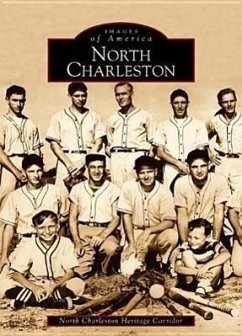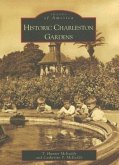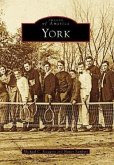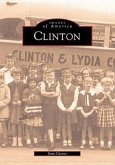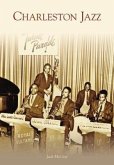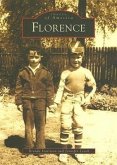Slightly north of the confluence of the Cooper and Ashley Rivers in South Carolina lies the Palmetto State's third largest metropolitan center, North Charleston. Although the city's official incorporation did not take place until 1972, the area's story begins much earlier. Before the War between the States, tremendous plantations including Ingleside, Marshlands, and Otranto lined the local waterways. Several of North Charleston's main thoroughfares are traceable to earlier times as well: Remount Road acquired its name as World War I army officers commanded soldiers who were standing beside their horses to "remount," while Meeting Street, then called the "broad path," was used by the local Native Americans. This pictorial history of North Charleston offers readers a unique chance to step back in time, to revisit past generations of families and businesses no longer in existence, to experience North Charleston's creation and expansion. Crisp, detailed text enhances vintage photographs, together relating the city's storied past. The images portray various aspects of the community's history-from historic Montague Avenue and the city's oldest church, St Peter's A.M.E., through the city's population explosion when World War II increased the importance and size of the Navy Yard and the Charleston Air Force Base, and into the cultural development and beautification that the city is presently undergoing. Probably the most important inclusion, however, are the numerous faces of individuals who throughout the 20th century have visited this place and called it home. Without the contributions of such individuals, no matter how large or how small, North Charleston as it is known today simply would not be the same.
Hinweis: Dieser Artikel kann nur an eine deutsche Lieferadresse ausgeliefert werden.
Hinweis: Dieser Artikel kann nur an eine deutsche Lieferadresse ausgeliefert werden.

